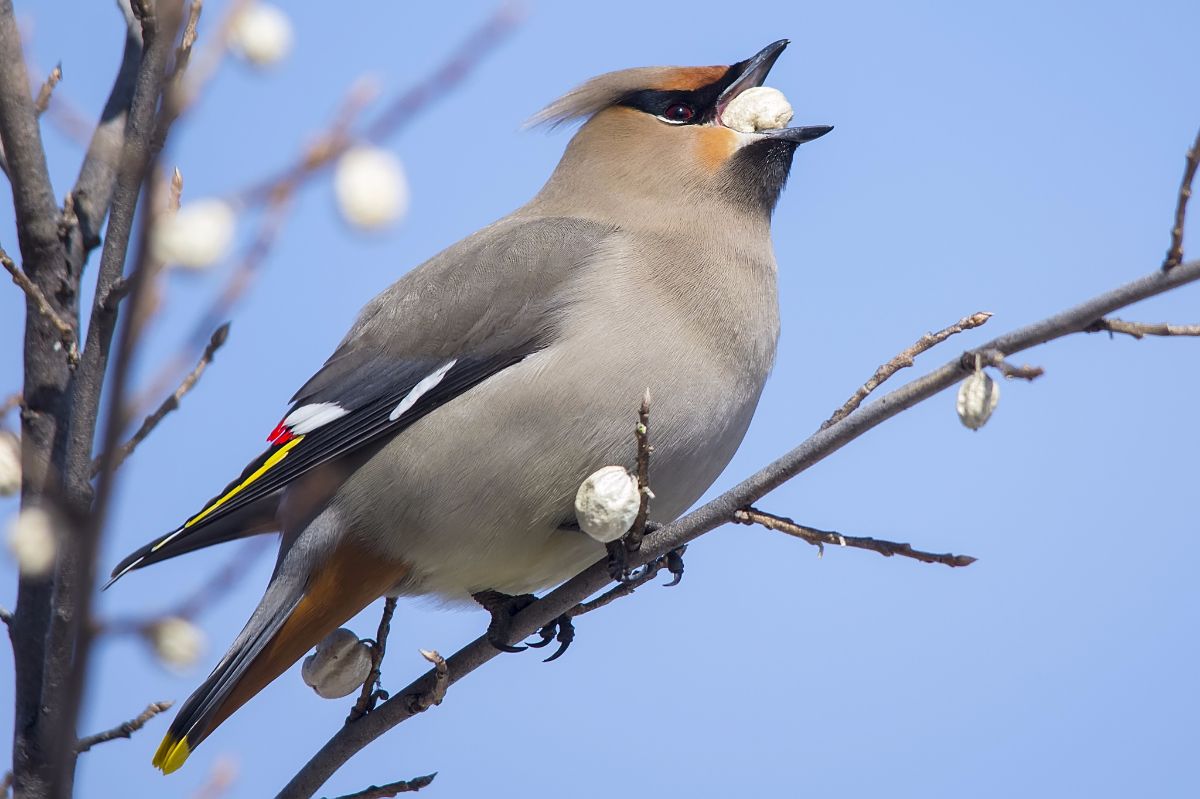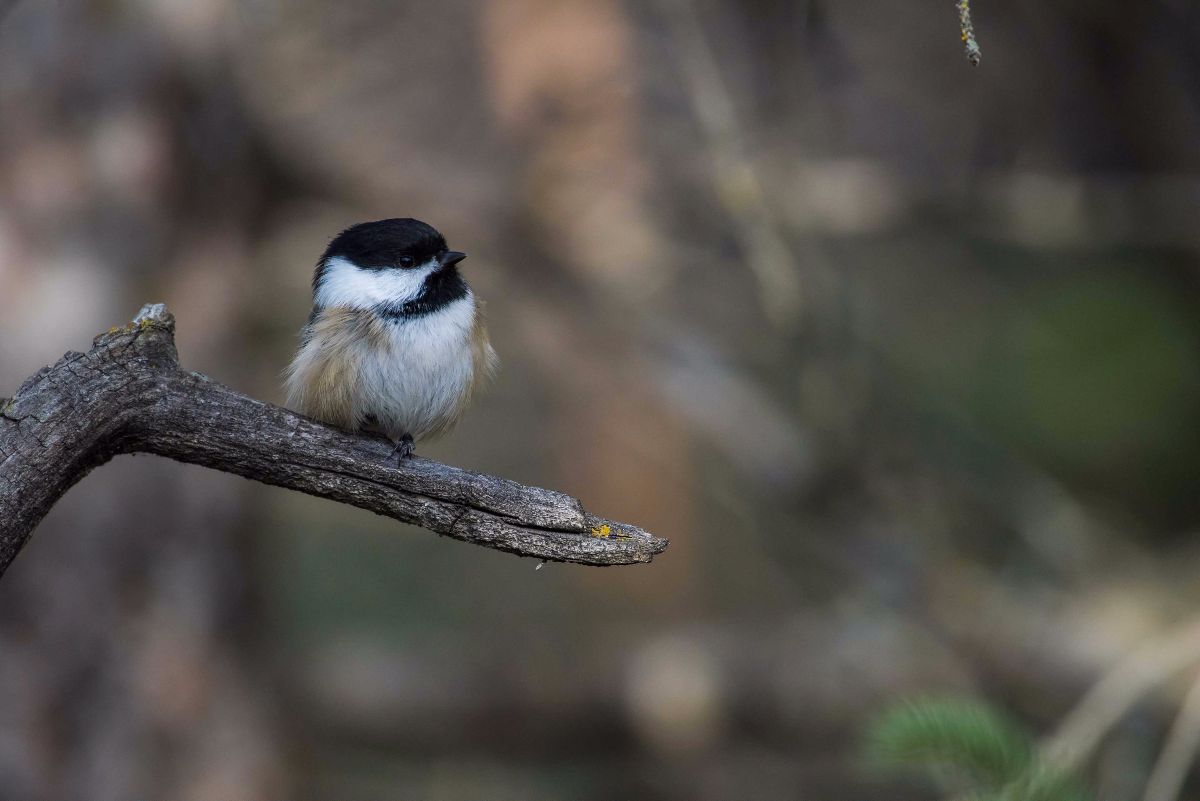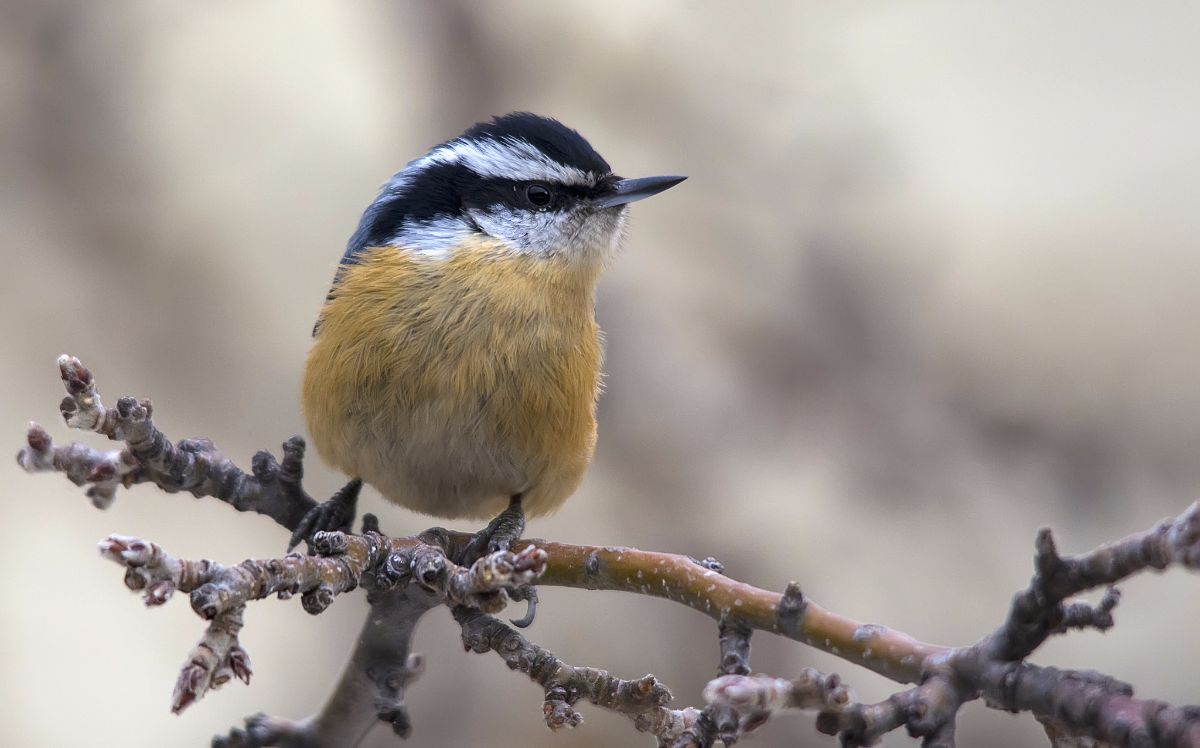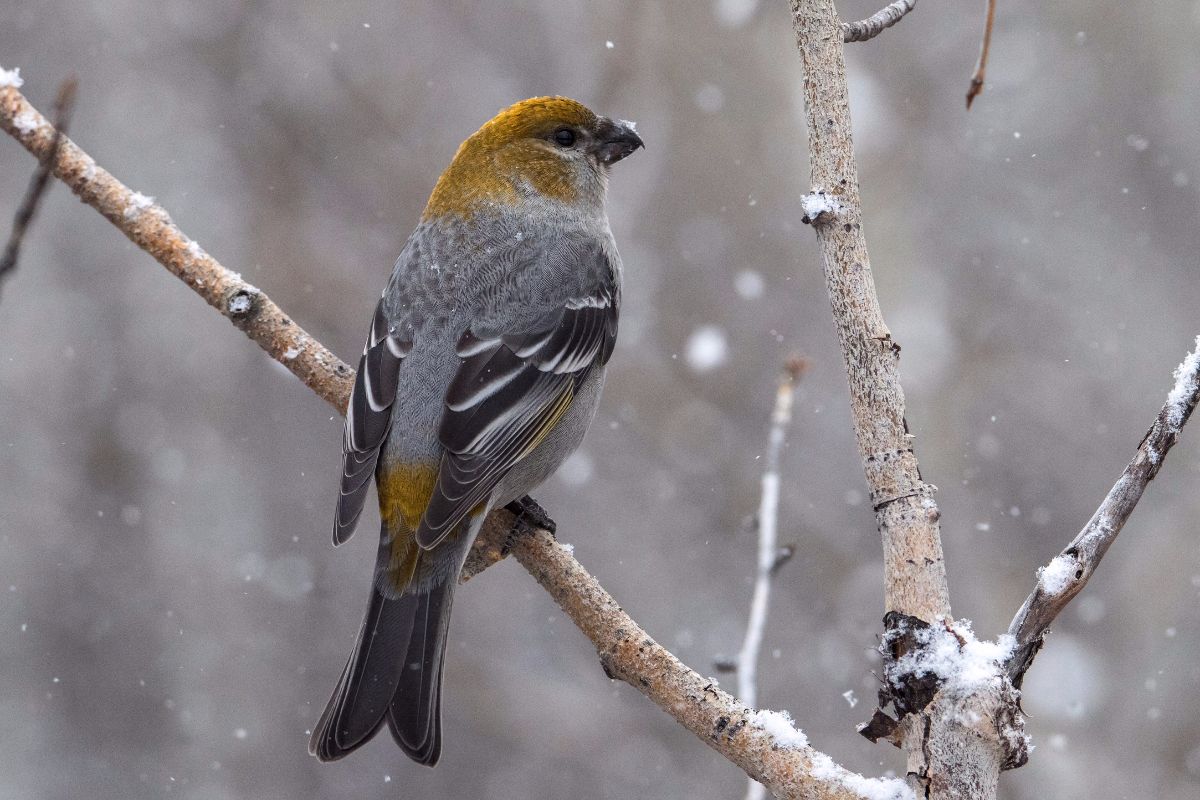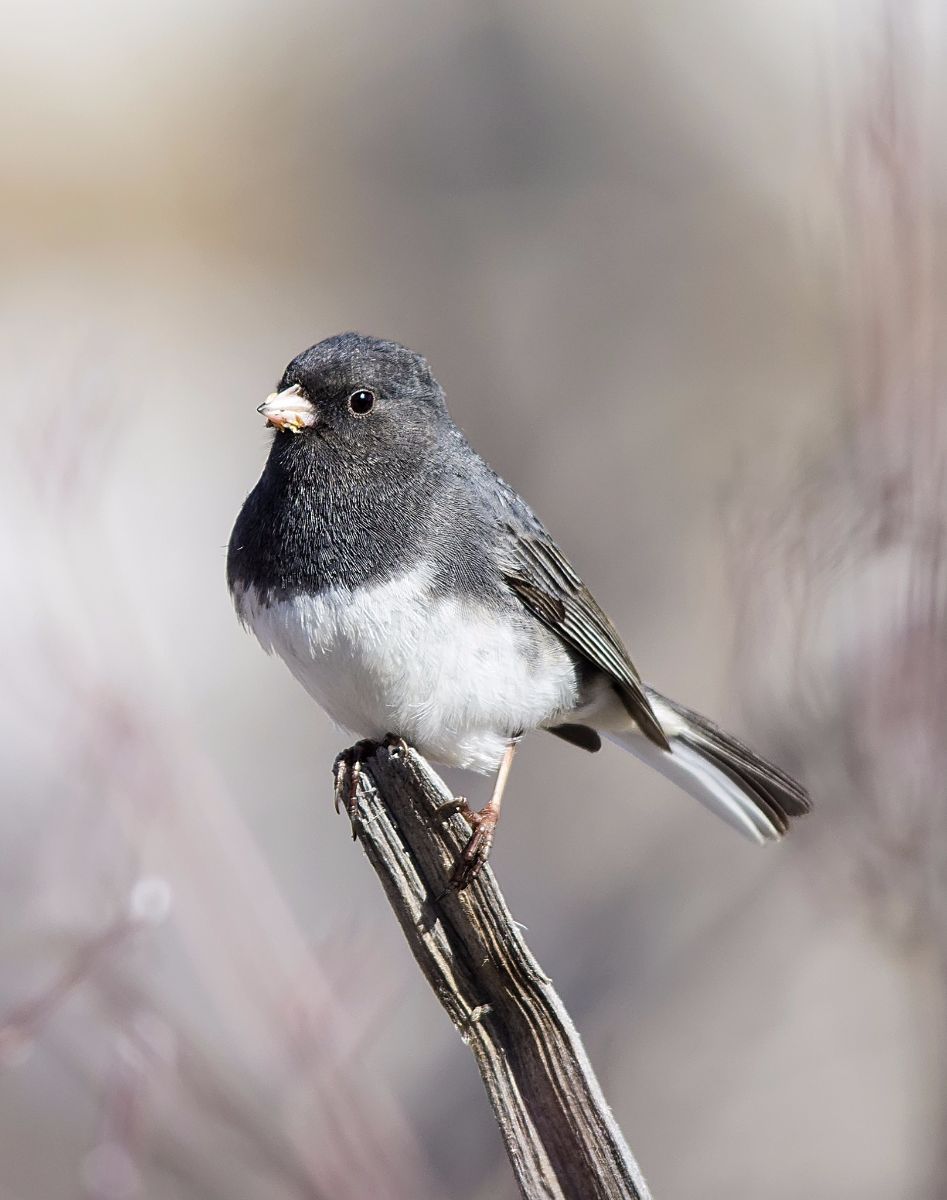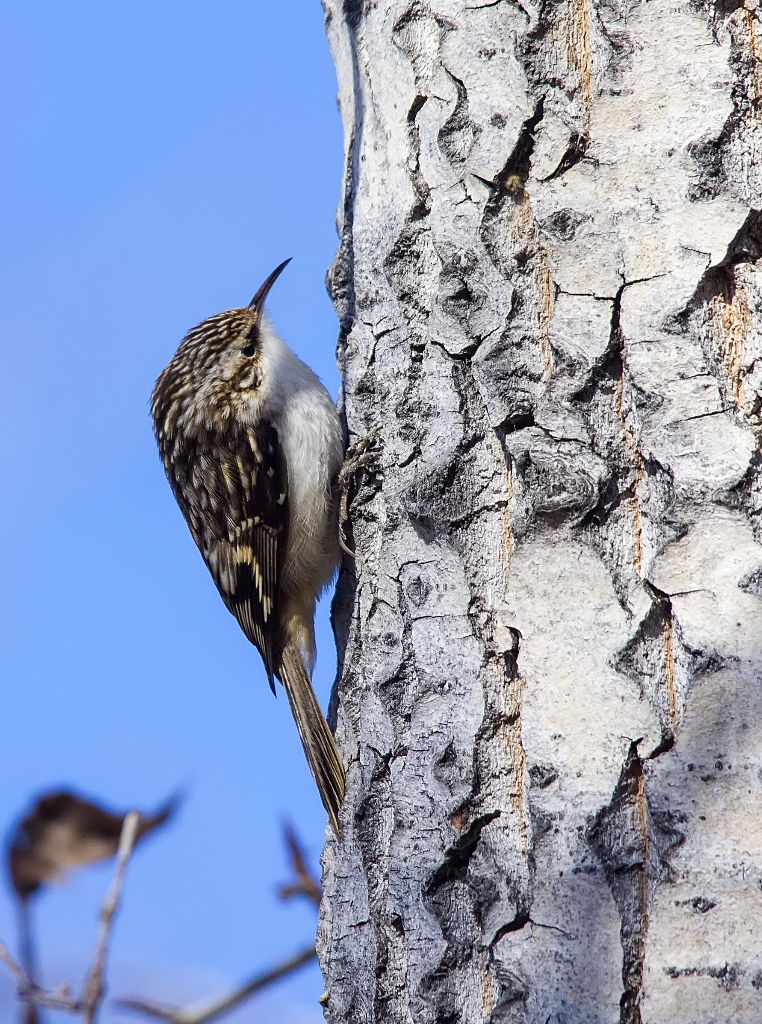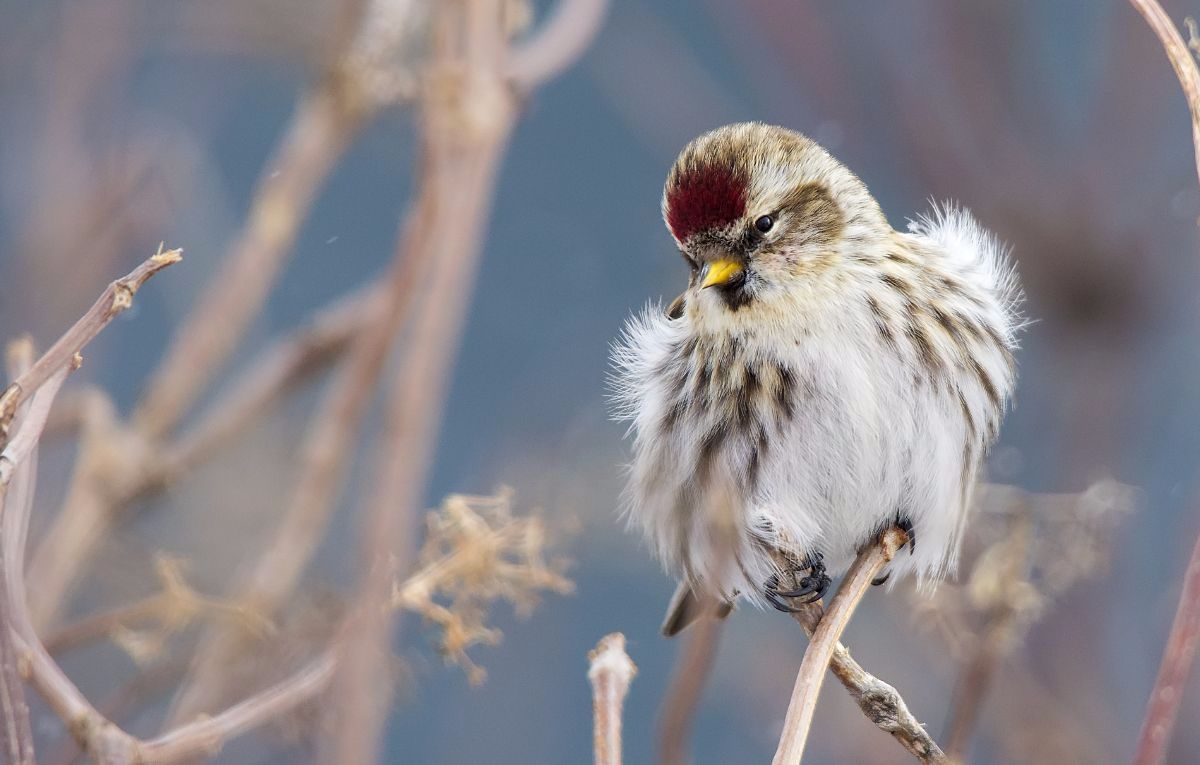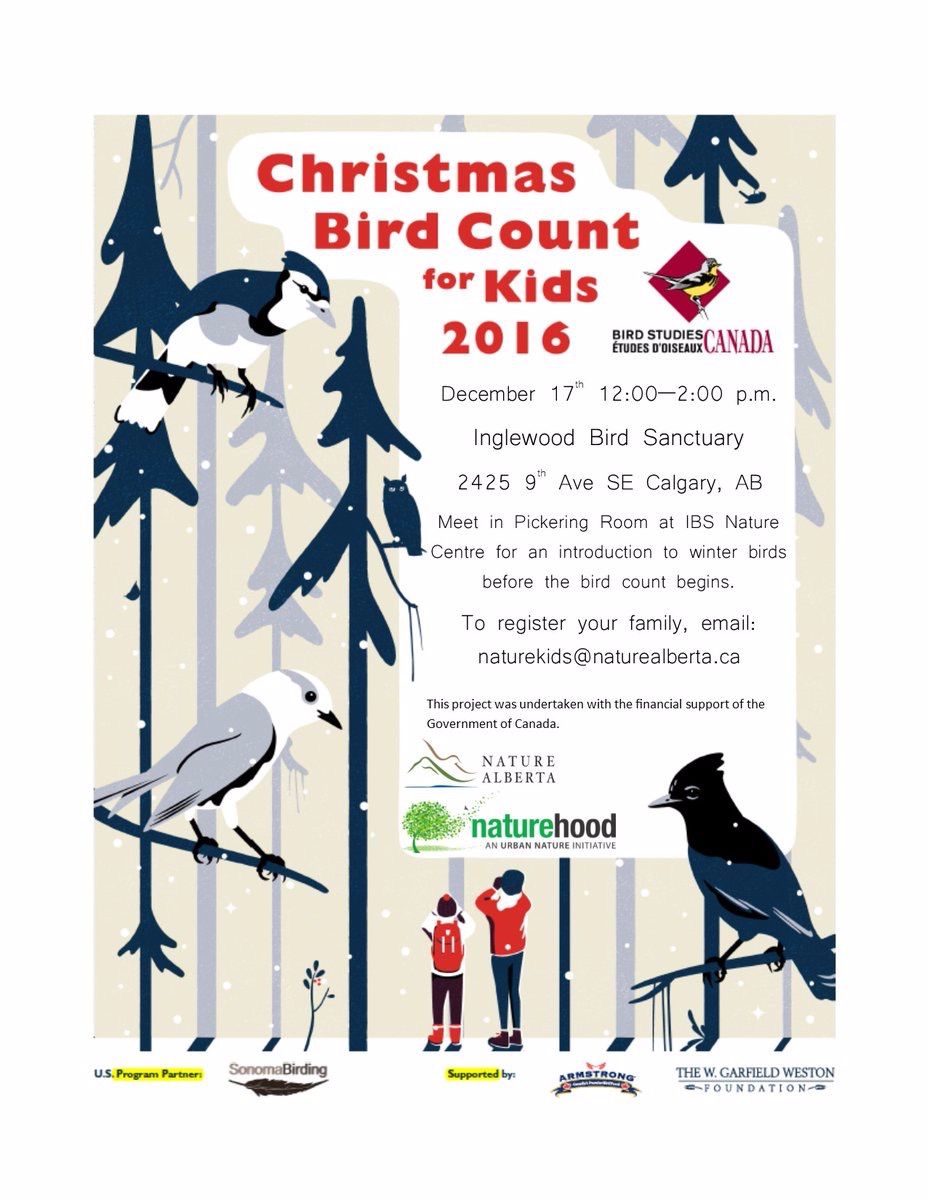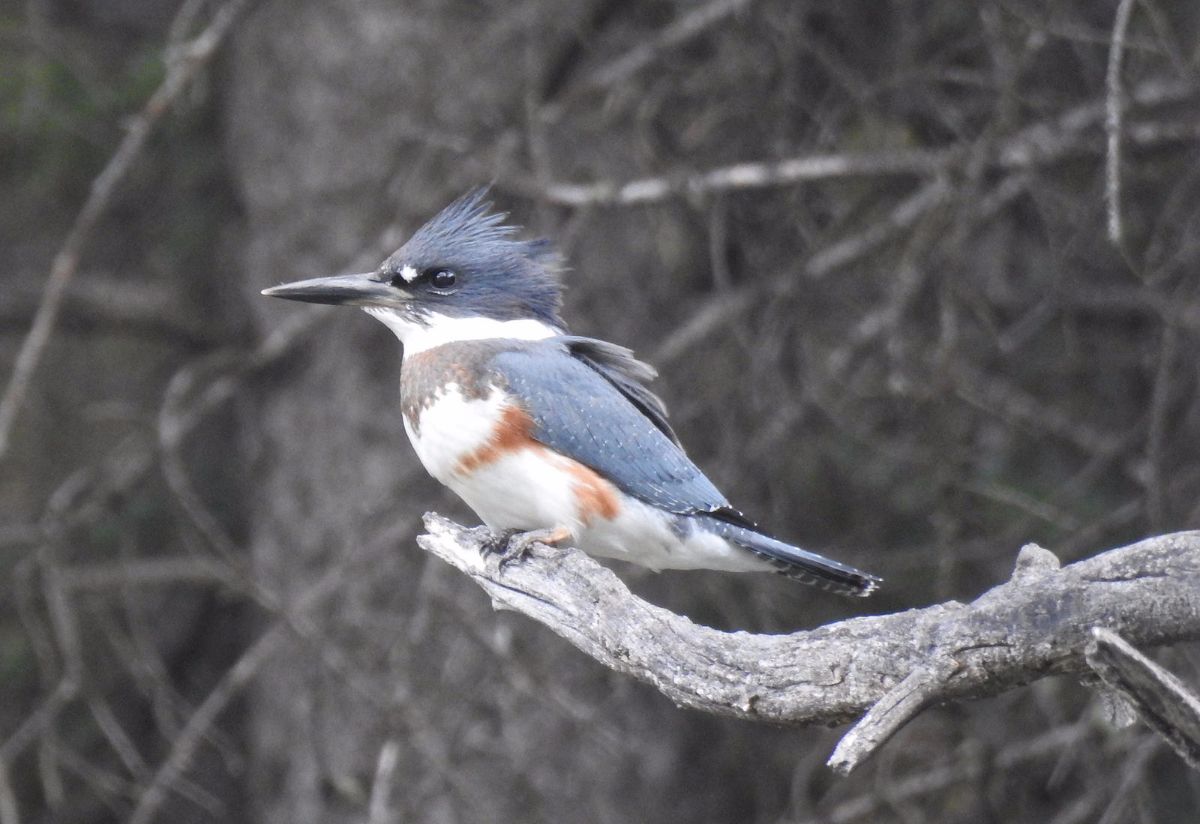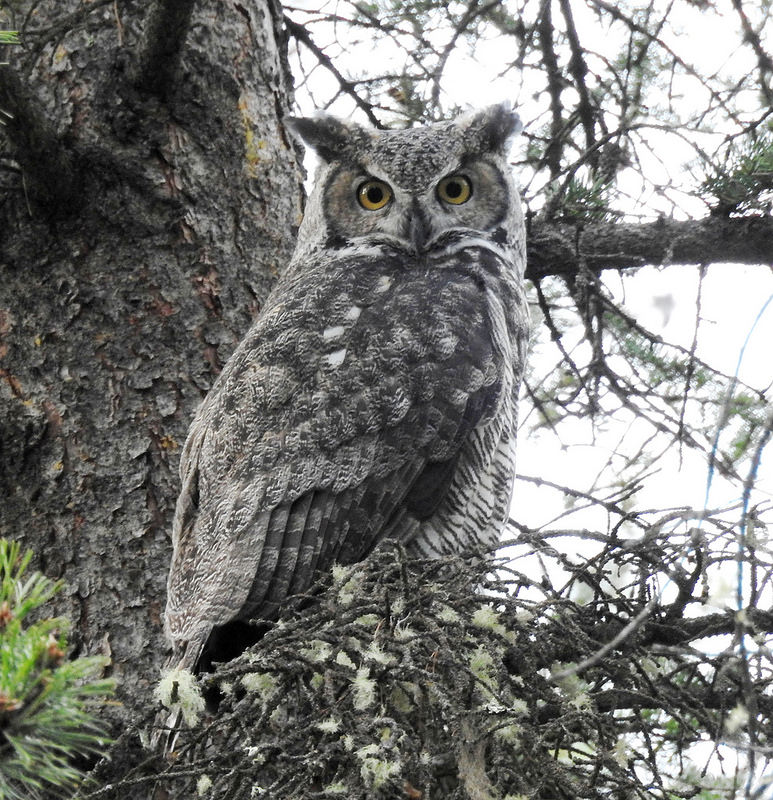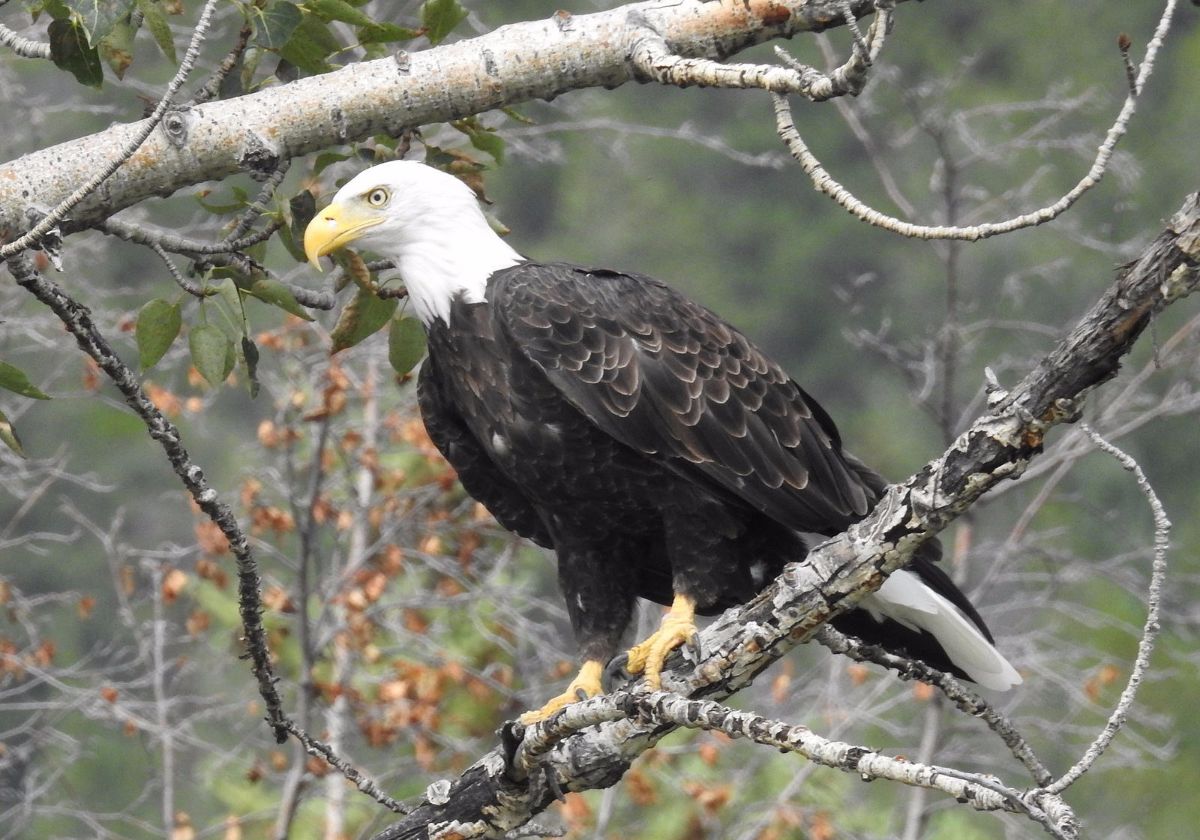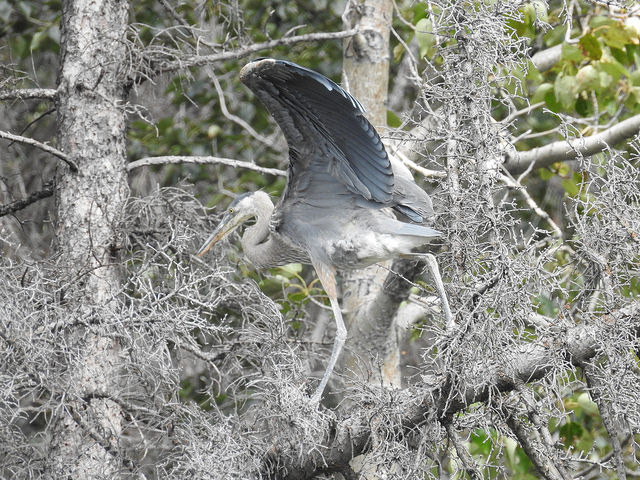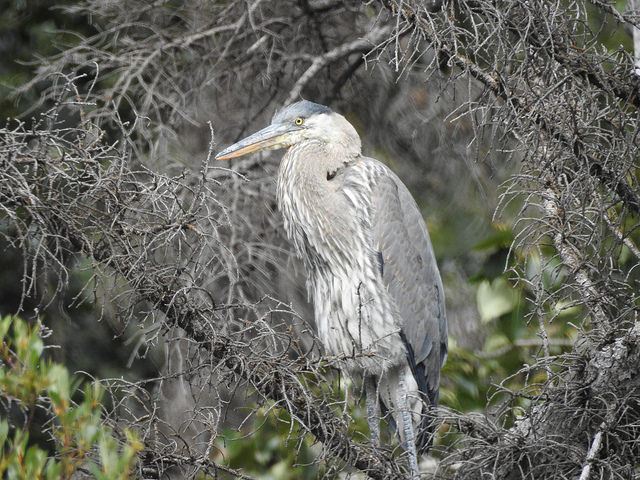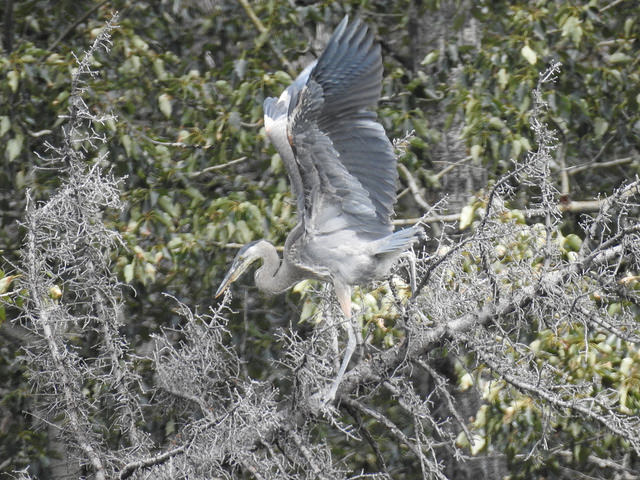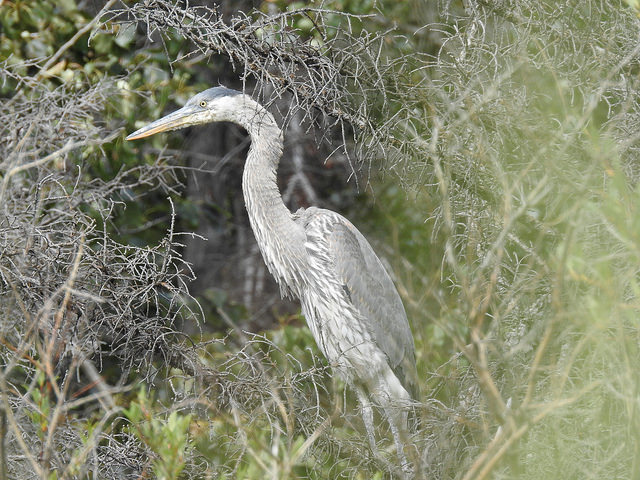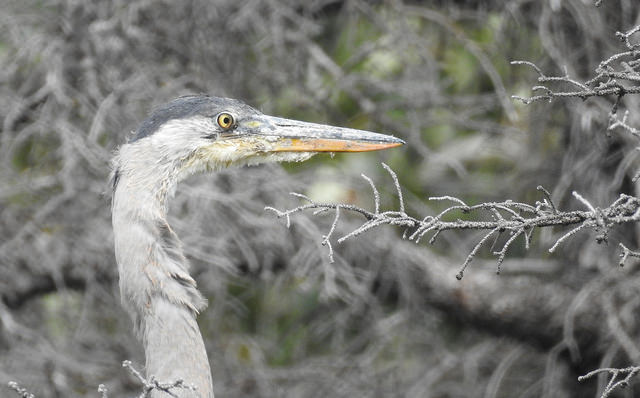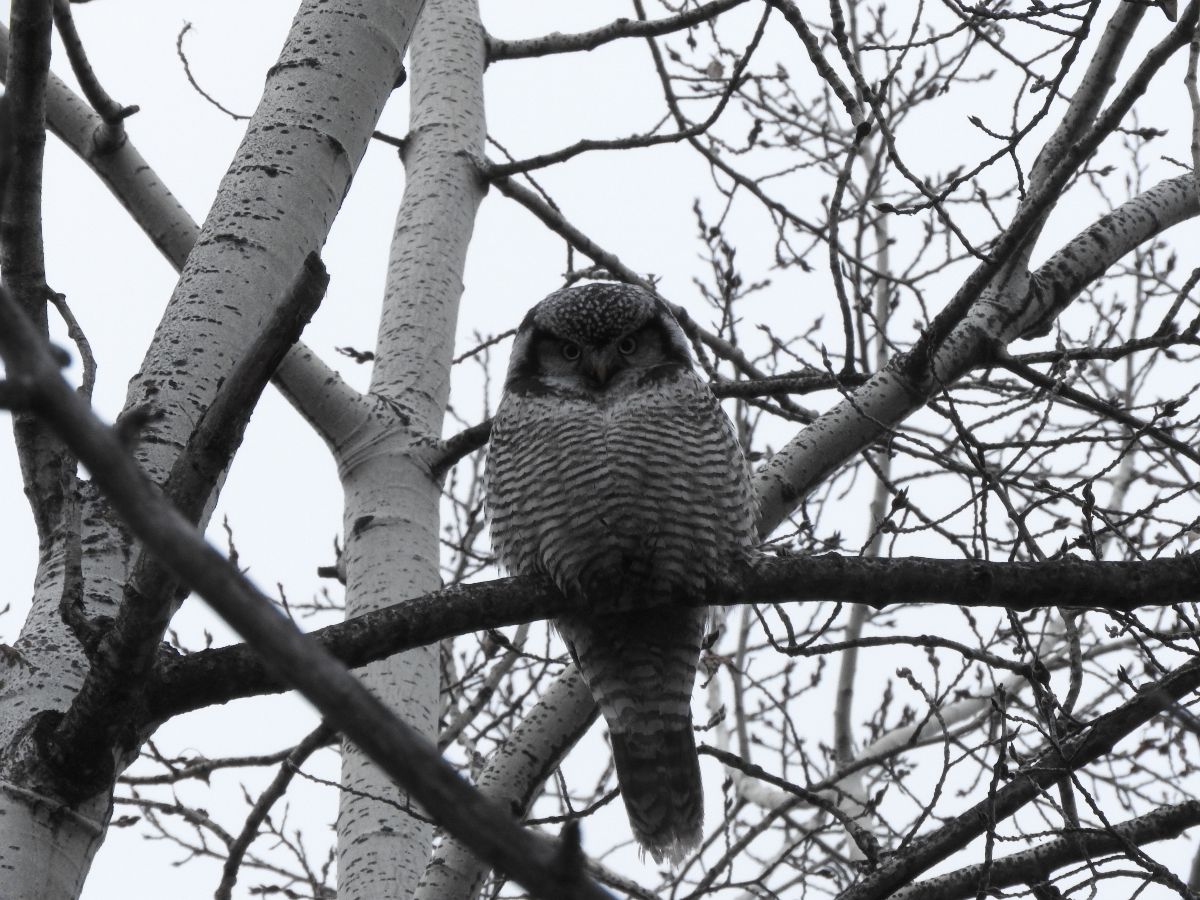Posted by Bob Lefebvre
Another Christmas Bird Count season has come and gone, and tonight at the Nature Calgary Bird Study Group meeting you can get details about all the sightings on six of the counts in our area, plus the Fish Creek Park New Year’s Day count. You can get all the details on the meeting here.

Only 32 Common Redpolls were recorded on the Calgary count. Photo by Tony LePrieur.
This year we had our first ever Christmas Bird Count For Kids in Calgary, and they have added another one to be held this Saturday, January 14, from noon to 2 pm at the Inglewood Bird Sanctuary. This is a great way to get children interested in birding. For all the information and to register, see this page.
On the main Calgary Count, which was held on December 18th, 61 species were recorded, and about 39,000 individual birds. This is below our twenty-year average of 65 species and 50,000 birds, a result that was mostly attributed to the high winds we experienced that day.
There is always a bit of a friendly competition between Calgary and Edmonton in everything we do, and we like to come out ahead in the number of species found on our CBC’s. We usually do (they had 47 this year), but you can only find the species that are actually there, and it just happens to be the case that Calgary has a little more diversity in birds in the winter than Edmonton does. A better comparison between these two similar-sized cities would be participation in the counts. In that respect, I’m afraid to say, Edmonton always beats us, and it isn’t very close. We had 139 birders go out in the field this year, and they had 170. We had 107 Feeder-watchers report on their yard sightings, and they had 286!
Now is a good time, while it’s fresh in your mind and you’re not busy with Christmas preparations, to express your interest in taking part in next year’s count, to be held on Sunday, December 17, 2017. If you think you might like to go out with one of the groups please contact the organizer, Phil Cram, at crampj[at]telusplanet.net.
The territory that I am leader for, which includes the Inglewood Golf Course, Inglewood Bird Sanctuary, Calgary Zoo, Pearce Estate, and some adjacent areas, is far too large for us to cover with the six or seven people we usually get out. If you’d like to join my group, email the blog and I’ll add you to my list of contacts.
I would particularly like to see more people involved in the Feeder-watcher program. If you think you might have a few minutes to count the birds in your yard that day, and if you live within the count circle shown below, please contact Donna Wieckowski at astolat[at]shaw.ca. We have a long way to go to catch up to Edmonton in Feeder-watchers! Don’t think that the birds you see in your yard aren’t important – they are an integral part of the bird fauna in the city. Often our only reports of birds like White-throated Sparrows, Harris’s Sparrows, and Varied Thrushes come from Feeder-watchers.
Expressing an interest now does not mean you are committed (it’s hard to plan for an event that is eleven months away) but it will at least get you on the list to get all the information when the time comes.
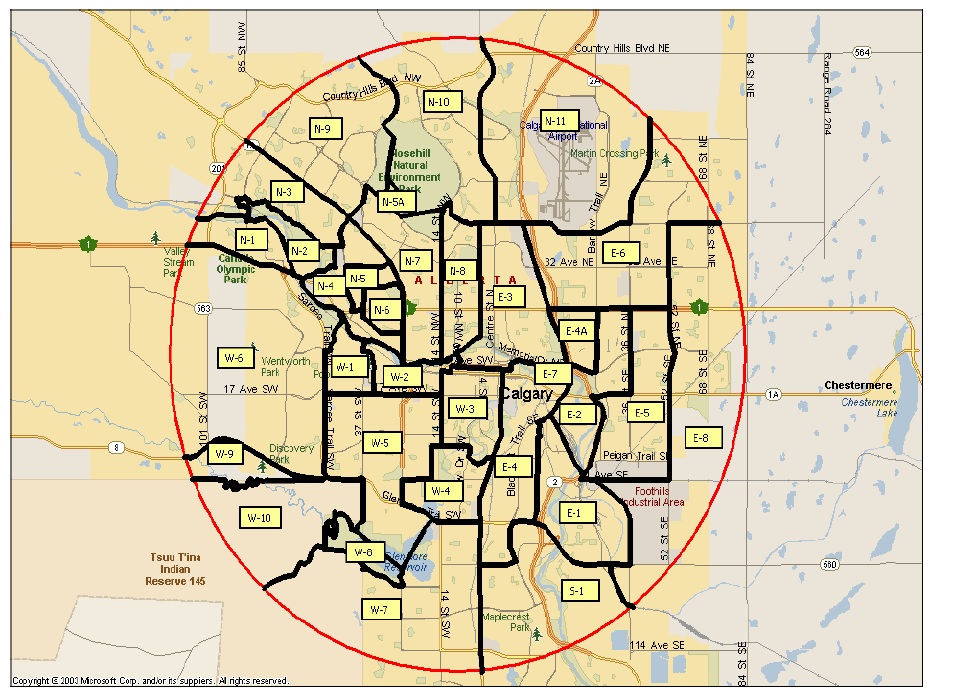
The Calgary Christmas Bird Count Circle.

